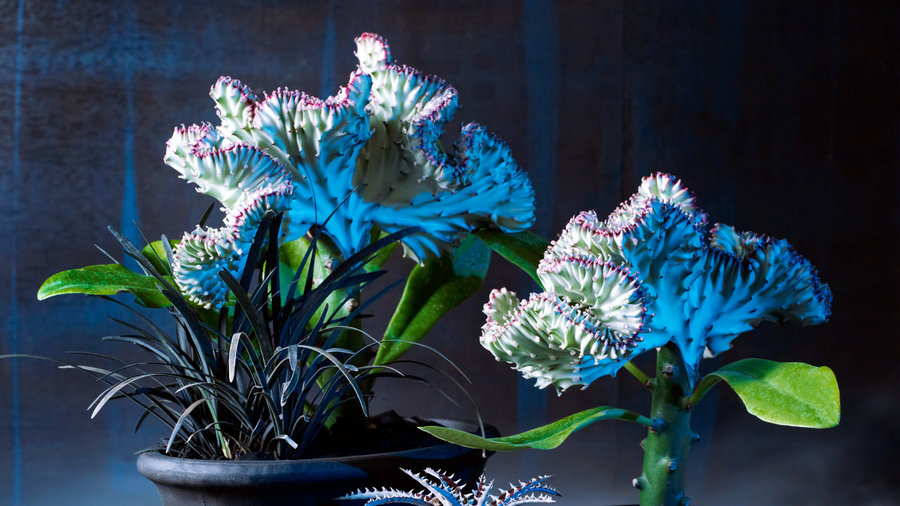Are you ready to transform your space into a haunted haven this Halloween? Look no further than the power of plants! From blood-red roses to eerie-looking Venus flytraps, there are countless creepy and captivating plant varieties that can help set a spooky mood for this frightful holiday. Whether you’re hosting a haunted house party or simply want to add a touch of darkness to your decor, these scary plants are sure to add an extra dose of spine-chilling fun to your Halloween festivities. Get ready to embrace the eerie beauty of nature as we delve into the world of scary plants that are guaranteed to send shivers down your spine.
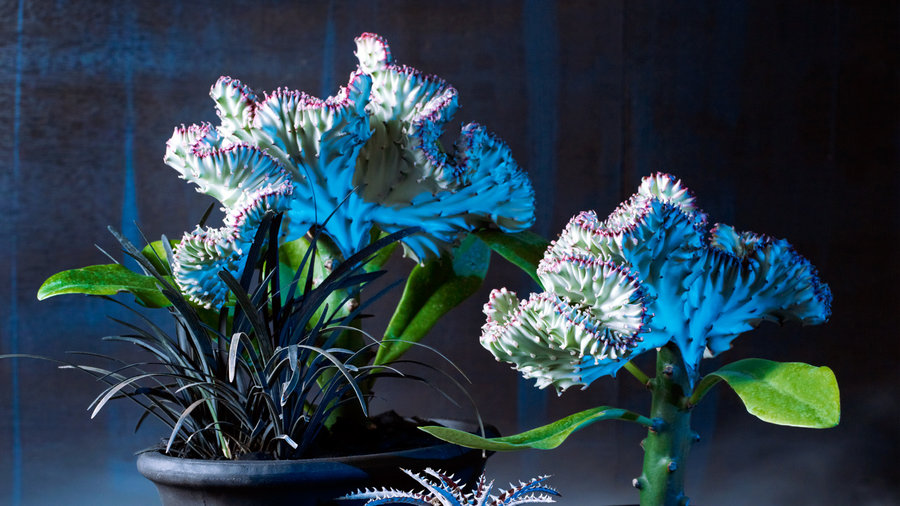
This image is property of img.sunset02.com.
1. Introduction
Halloween is the perfect time to embrace the eerie and unsettling. If you’re looking to create a truly spine-chilling ambiance for your Halloween decorations, why not consider incorporating some scary plants? These plants have unique characteristics that give them an otherworldly appeal, making them the perfect addition to any haunted house or spooky-themed event. In this article, we will explore the different types of scary plants and delve into the specific species that can send shivers down your spine.
2. Types of Scary Plants
There are several types of scary plants that can create an unsettling atmosphere. These include carnivorous plants, poisonous plants, spiky plants, creepy vines and climbers, dark and eerie trees, haunting flowers, and wicked herbs. Let’s take a closer look at each of these categories and discover some examples within them.
2.1 Carnivorous Plants
Carnivorous plants are often associated with horror and nightmares. These fascinating plants have adapted to survive in nutrient-poor environments by luring, trapping, and digesting small animals. The three most well-known carnivorous plants are the Venus Flytrap, Pitcher Plants, and Sundews.
2.2 Poisonous Plants
Poisonous plants have a long history of association with witchcraft and dark magic. These plants contain toxic compounds that can cause harm or even prove fatal to humans and animals. Deadly Nightshade, Foxglove, and the Castor Bean Plant are among the most infamous poisonous plants.
2.3 Spiky Plants
Spiky plants seem to be nature’s way of warning us to stay away. These plants have developed sharp thorns or spines as a defense mechanism against herbivores. Snake Plant, Devil’s Club, and Stinging Nettle are examples of spiky plants that can send shivers down your spine.
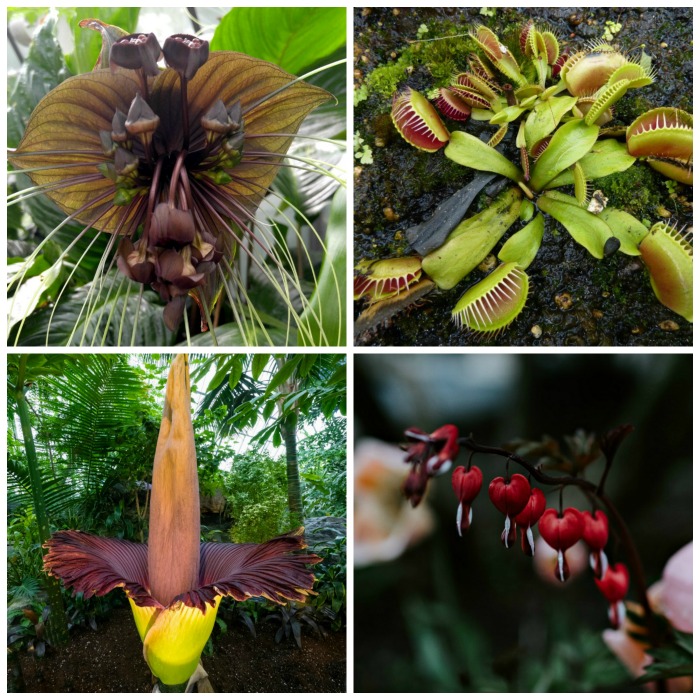
This image is property of thegardeningcook.com.
3. Carnivorous Plants
3.1 Venus Flytrap
The Venus Flytrap (Dionaea muscipula) is an iconic carnivorous plant known for its jaw-like leaves that snap shut when triggered by prey. Found in the wetlands of North and South Carolina, this plant lures unsuspecting insects onto its leaf surface with nectar and vibrant colors, only to trap and digest them.
3.2 Pitcher Plants
Pitcher Plants (Sarracenia spp.) are exotic and somewhat macabre specimens, as they have modified leaves that form a tubular structure resembling a pitcher. These plants secrete a sweet-smelling nectar to attract insects, which then fall into the pitcher and drown in the digestive fluids.
3.3 Sundews
Sundews (Drosera spp.) are captivating carnivorous plants that possess glandular tentacles covered in sticky hairs. As insects, attracted by the glistening droplets on the hairs, land on the leaves, they become entrapped and slowly digested by the plant’s enzymes. Sundews can be found in various habitats around the world.
4. Poisonous Plants
4.1 Deadly Nightshade
Deadly Nightshade (Atropa belladonna), also known as Belladonna, is a highly toxic plant that has been associated with witchcraft and folklore for centuries. Its shiny black berries may look alluring, but consuming them can lead to hallucinations, delirium, and even death.
4.2 Foxglove
Foxglove (Digitalis purpurea) is a tall and elegant flowering plant with bell-shaped flowers in various shades of pink, purple, and white. Despite its beauty, all parts of the plant contain cardiac glycosides, which can cause heart problems and are potentially lethal if ingested.
4.3 Castor Bean Plant
The Castor Bean Plant (Ricinus communis) is notorious for containing ricin, a highly toxic substance. While the seeds are encased in an attractive, spiky fruit, they should never be ingested as even a single seed can be deadly. The plant is native to tropical regions worldwide.
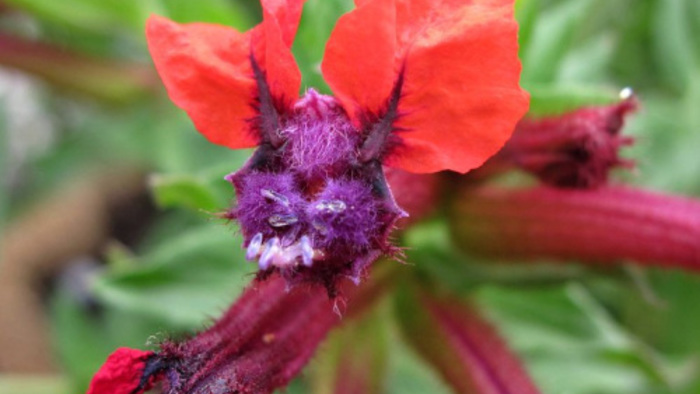
This image is property of images.finegardening.com.
5. Spiky Plants
5.1 Snake Plant
Snake Plant (Sansevieria trifasciata) is a striking houseplant with long, sword-like leaves adorned with intricate patterns. Its spiky appearance adds an element of danger and intrigue to any setting. Native to West Africa, this plant is known for its ability to purify the air and thrive in low-light conditions.
5.2 Devil’s Club
Devil’s Club (Oplopanax horridus) is a formidable plant found in the forests of the Pacific Northwest. Covered in sharp spines and large thorns, its towering stature and menacing appearance make it an ideal addition to a sinister garden.
5.3 Stinging Nettle
Stinging Nettle (Urtica dioica) may seem humble at first glance, but its tiny stinging hairs can cause a painful, itchy rash upon contact. Found in many parts of the world, this plant has been regarded as a source of both herbal remedies and playful punishment throughout history.
6. Creepy Vines and Climbers
6.1 Bleeding Heart Vine
The Bleeding Heart Vine (Clerodendrum thomsoniae) derives its name from its unique flowers, which resemble bleeding hearts. The dark green leaves and twining tendrils give this climber a mysterious and haunting appearance, making it a perfect addition to a eerie-themed garden or Halloween decoration.
6.2 Moonflower Vine
The Moonflower Vine (Ipomoea alba) is a nocturnal climber that unfurls its large fragrant flowers only after sunset. The pure white blossoms emit a haunting fragrance and exert a mesmerizing effect during twilight hours, adding an enchanting touch to any spooky setting.
6.3 Black Mandrake Vine
The Black Mandrake Vine (Mandragora officinarum) has dark, glossy leaves and striking purple-black flowers. This vine, with its mysterious and enchanting aesthetic, has been steeped in folklore and mythology, often associated with witchcraft and the supernatural.
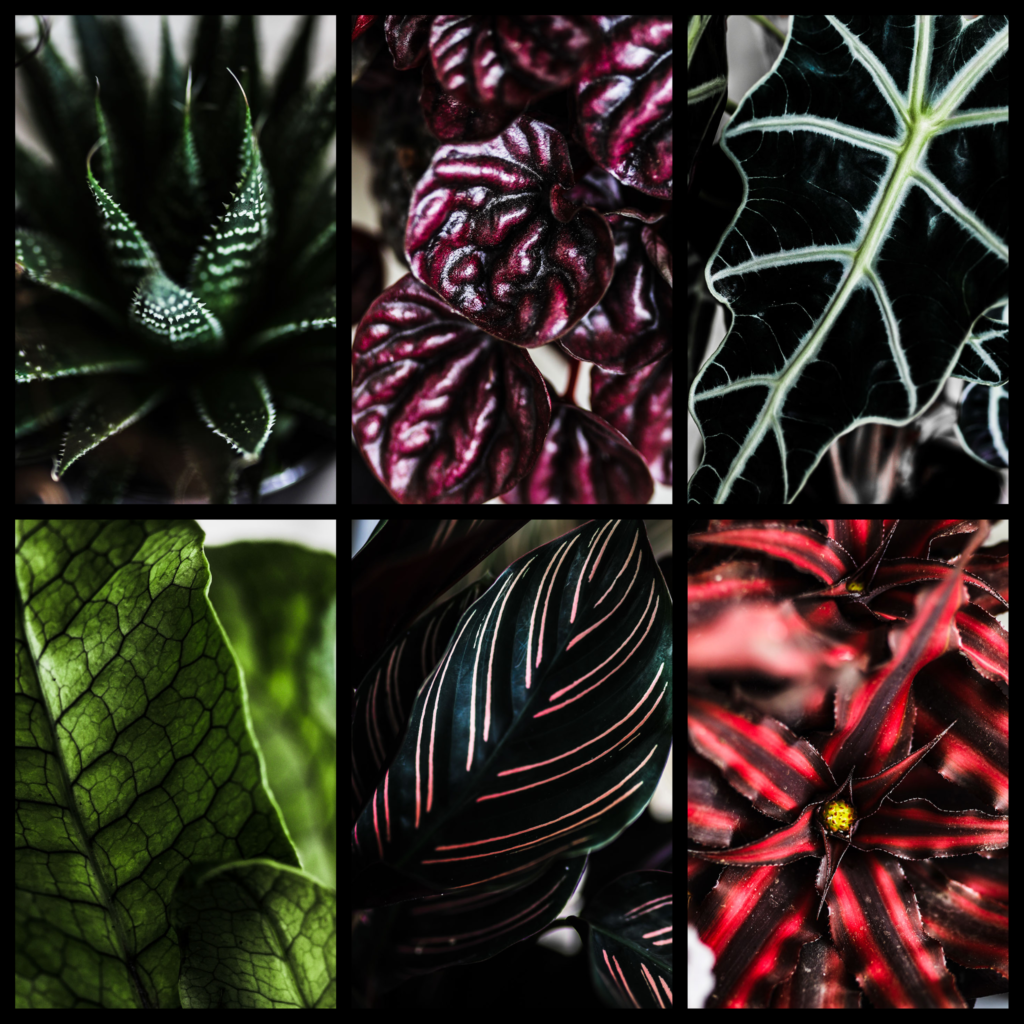
This image is property of images.squarespace-cdn.com.
7. Dark and Eerie Trees
7.1 Weeping Willow
The Weeping Willow (Salix babylonica) is an iconic tree associated with melancholy and mystery. With its cascading branches that sway in the wind and veil-like foliage, it conjures images of ghosts and whispers on a moonlit night.
7.2 Black Walnut Tree
The Black Walnut Tree (Juglans nigra) is a large, imposing tree with a dark and twisted trunk. Its leaves emit a pungent odor when crushed, adding to its eerie allure. The tree’s reputation for inhibiting the growth of other plants has only added to its mysterious appeal over the years.
7.3 Ghost Gum Tree
The Ghost Gum Tree (Corymbia aparrerinja) is a native Australian tree with smooth white bark that glows in the moonlight. This ethereal tree is often associated with ghostly apparitions and has appeared in Aboriginal folklore, evoking a sense of mystery and the supernatural.
8. Haunting Flowers
8.1 Black Bat Flower
The Black Bat Flower (Tacca chantrieri) is an exotic plant with large, bat-shaped flowers that seem to embody the spirit of Halloween. With its dark colors and long whisker-like bracts, this flower is both eerie and captivating, making it a favorite for those who want to add an extra touch of spookiness to their gardens.
8.2 Corpse Lily
The Corpse Lily (Rafflesia arnoldii) is a fascinating flower renowned for its large size and pungent odor. The scent is reminiscent of rotting flesh, attracting flies for pollination. This rare and eerie flower is native to Southeast Asia and is often associated with death and decay.
8.3 Black Petunia
Black Petunias (Petunia × hybrida) add an air of mystery to any garden. With their velvety black petals, these flowers are a striking contrast to more common, brightly colored blooms. The black petunia’s enchanting beauty and mysterious allure make it a popular choice for those seeking to create a spooky ambiance.
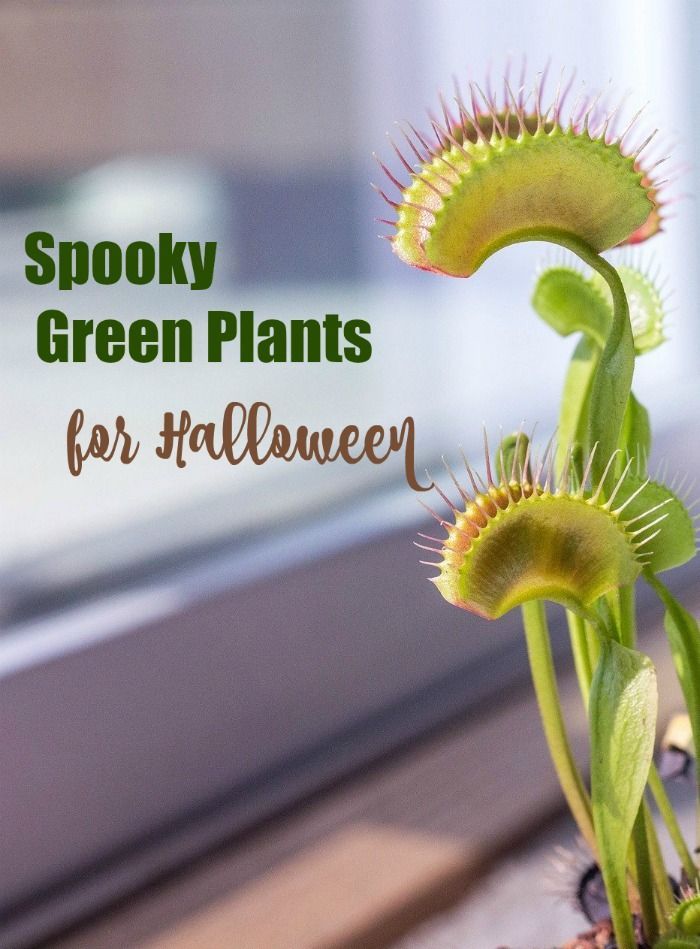
This image is property of i.pinimg.com.
9. Wicked Herbs
9.1 Belladonna
Belladonna (Atropa belladonna), also known as the Deadly Nightshade, is a highly toxic herbaceous plant that has been associated with witchcraft for centuries. Its dark berries are known to cause hallucinations and delirium when ingested, making it an ingredient of both fear and fascination.
9.2 Henbane
Henbane (Hyoscyamus niger) is an herbaceous plant characterized by its yellowish, funnel-shaped flowers and unpleasant odor. This poisonous plant has a long history of being used in witchcraft, as well as in herbal medicine. Ingesting its leaves or seeds can cause hallucinations, delirium, and even death.
9.3 Mandrake
Mandrake (Mandragora officinarum), an herbaceous perennial, has a fleshy root that has been considered magical and potent for centuries. Folklore suggests that harvesting this root is associated with supernatural consequences. The Mandrake’s twisted and haunting appearance has made it a legendary ingredient in potions and spells.
10. Conclusion
Incorporating scary plants into your Halloween decor is an excellent way to set a spine-chilling mood. Whether you choose carnivorous plants, poisonous plants, spiky plants, creepy vines and climbers, dark and eerie trees, haunting flowers, or wicked herbs, there are plenty of options to choose from. By incorporating these plants into your Halloween displays, you can create a truly eerie and unsettling atmosphere that will delight and spook all who dare to enter your haunted realm. So, embrace the supernatural and let the world of scary plants add an extra element of fright to your Halloween celebrations!

